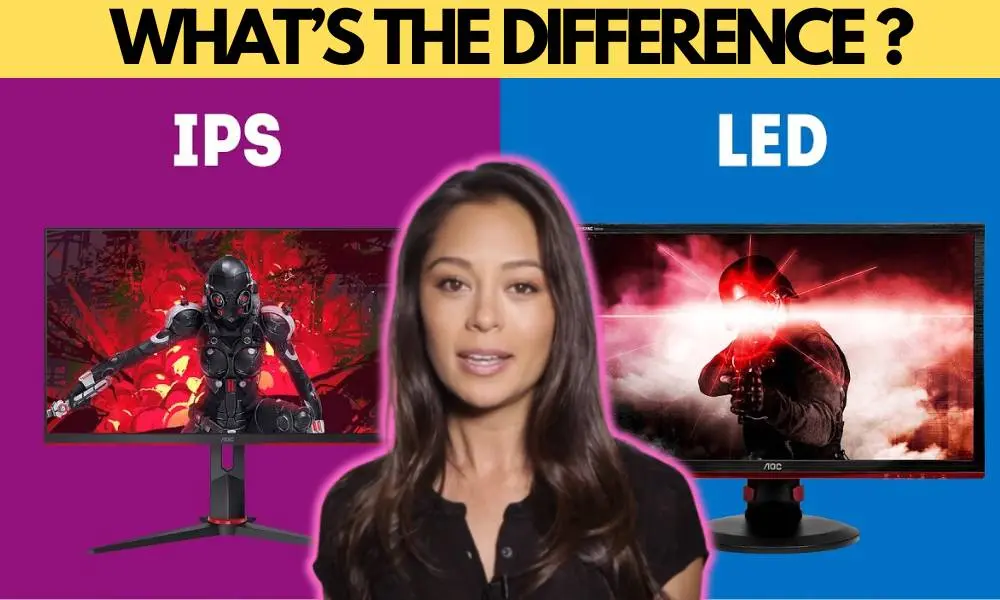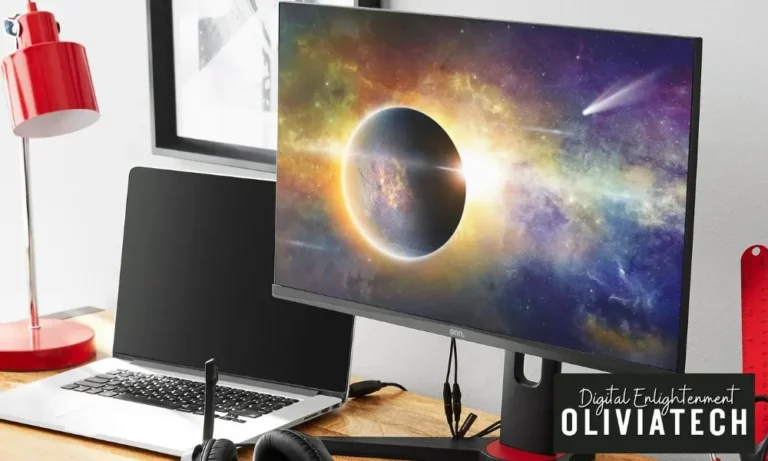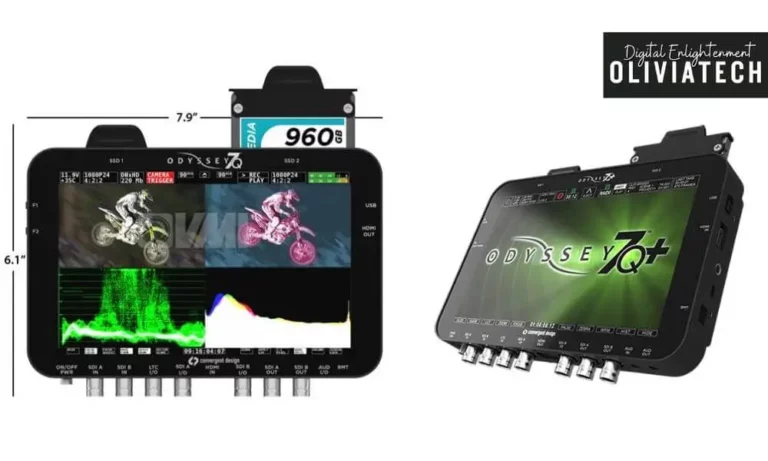When shopping for a new TV, computer monitor, or other display, you’ll likely come across the terms “Full HD” and “IPS”. These refer to two important aspects of a display – resolution and panel type.
But what do they actually mean, and which one results in a better viewing experience? Let’s break it down.

The Differences Between Full HD and IPS
What is Full HD?
Full HD, sometimes labeled as FHD or 1080p, refers to a display resolution of 1920 x 1080 pixels. This equates to about 2 million total pixels across the screen, allowing for sharp image quality and fine detail.
Full HD emerged in the late 2000s as an upgrade from standard HD (1280 x 720 pixels). It quickly became the standard for most televisions, monitors, and other displays. Even as newer higher resolutions like 4K have been introduced, Full HD remains a very popular choice.
The key advantages of Full HD include:
- Sharp image quality suitable for most screen sizes
- Enough detail for immersive gaming and video watching
- Widely supported by content and devices
- More affordable than higher resolutions
The only real downside of Full HD is that on very large screens, like 80″+ TVs, the lower pixel density can make images appear slightly pixelated or soft. But for smaller screens Full HD offers an excellent combination of price and performance.
What is an IPS Display?
IPS stands for “in-plane switching” and refers to a type of LCD (liquid crystal display) panel technology. IPS panels offer some advantages over other common panel types like TN and VA:
- Wide viewing angles: IPS maintains image quality even when viewed from the side vs directly in front
- Accurate colors: IPS displays have excellent color reproduction that stays true from all angles
- Vibrant images: IPS panels produce images with vivid, lively colors
- Touchscreen friendly: IPS displays have fast response times that work well with touch input
The tradeoffs are that IPS panels tend to be more expensive than TN and VA panels. They also have slower response times, which can cause some motion blur in fast-paced video and gaming.
Overall though, IPS is considered the preferred choice for displays where color accuracy and viewing angles are a priority, like photo/video editing, graphic design, and casual gaming/video watching.
Also Read: 4:3 vs 16:9: Which Aspect Ratio Is Better for Photos and Videos
Full HD vs IPS: Key Differences
To summarize the key differences:
Full HD refers to the display resolution and level of detail. Higher resolutions like Full HD 1080p will look sharper than lower resolutions.
IPS refers to the type of LCD panel technology. IPS panels offer better color reproduction and viewing angles compared to TN and VA panels.
You can have a Full HD IPS display, or a non-IPS display with Full HD. The terms are not mutually exclusive.
Full HD determines how much detail the display can show. IPS determines how good the image quality looks from different angles.
For the best overall image quality, you generally want both high resolution like Full HD and a quality panel like IPS. But you don’t necessarily need both.
Author Note:
A monitor can have a high resolution like Full HD but use a cheaper TN panel rather than IPS. This would give good sharpness but poorer colors and viewing angles.
Which Display Type is Better for Different Uses?
So when should you prioritize Full HD or IPS? Here are some guidelines for different use cases:
Gaming
For gaming, higher resolution is generally preferred in order to make games look as detailed and immersive as possible. So a Full HD 1080p display would be the minimum recommended.
However, competitive esports gamers may prioritize high refresh rates over resolution, because higher refresh rates (120Hz, 144Hz, etc.) allow for smoother, more responsive gameplay. As for IPS vs TN panels for gaming, there are tradeoffs:
- IPS panels have better color accuracy and viewing angles. This leads to more vibrant, lifelike visuals.
- But TN panels have faster response times. This can mean less motion blur in fast-paced first person shooter games.
Author Note:
If you play more cinematic or story-driven games, an IPS display would be recommended to experience the games as the developers intended. But for competitive multiplayer games, a high refresh rate TN panel monitor would give you an edge.
Streaming Video and Movies
When watching movies or TV shows from services like Netflix or Hulu, both resolution and panel type play a role:
- Full HD 1080p resolution can stream most content smoothly. 4K resolution is recommended for the absolute best experience but requires a fast internet connection.
- IPS panels offer the best color reproduction and ability to view the screen from multiple angles. This leads to a more immersive, cinematic viewing experience.
The combination of a 4K IPS monitor or TV would be optimal for streaming movies and shows. But a Full HD IPS display still provides vibrant colors and solid sharpness at a more affordable price point.
Office Work and Productivity
For office work, photo/video editing, and other productivity tasks, an IPS panel would provide the best experience:
- The wider viewing angles of IPS prevent color shifting when viewing spreadsheets or documents from the side.
- IPS displays accurately reproduce colors, which is vital for work like photo editing, graphic design, and video production.
- The sharper detail of higher resolutions like Full HD make small text easier to read and UI elements less pixelated.
Author Note:
For general office work, an IPS display with at least Full HD resolution would be recommended. For color-critical work, a monitor with higher QHD or 4K resolution and strong color accuracy would be ideal.
Graphic Design and Photo Editing

For color-critical work like design and photography, color accuracy across the entire screen is vital.
An IPS monitor with QHD or 4K resolution gives you accurate colors from all viewing positions. The higher resolution allows you to view fine details in photos and designs.
Portable/Touchscreen Devices
For tablets, laptops, and smartphones, IPS panels work well with touch input. Mobile devices benefit from wide IPS viewing angles.
A Full HD IPS touchscreen enables accurate colors, finger-friendly response, and viewing from any position. High portability means resolution beyond Full HD is often unnecessary.
What About Other Factors Like Size, Refresh Rate, Etc?
Beyond resolution and panel type, there are other factors that affect display quality:
- Screen size: A minimum 22″ display is recommended for comfortable desktop use. Larger screens are more immersive for gaming and video.
- Aspect ratio: 16:9 is the standard widescreen format. Ultrawide 21:9 monitors provide extra horizontal space for work and play.
- Refresh rate: 60Hz is standard, while 120Hz+ is recommended for gaming and video for smoother motion.
- Response time: Under 5ms is ideal for gaming to avoid motion blur. Up to 10-15ms is fine for general use.
- Curve: A curved screen immerses you in the image but can distort edges. Good for gaming, not necessarily work.
- Brightness: 250-350 nits is comfortable for indoor use. HDR content can benefit from 500+ nit peak brightness.
- Ports: Look for HDMI, DisplayPort, USB hub for convenient connectivity.
Author Note:
Prioritize specs that align with your intended use – gaming, creative work, productivity, etc. An ideal display delivers the right combination of resolution, panel type, and other features for how you plan to use it.
What to Consider When Choosing a Display
- Intended use – Gaming, movies, graphic design? This determines ideal resolution, panel type.
- Screen size – Larger screens benefit more from higher resolution.
- Features – Do you need a high refresh rate for gaming? Adjustable stand?
- Budget – Full HD IPS displays provide the best bang for buck. 4K IPS is high-end.
- Desktop vs Laptop – Laptops limit resolution/panel options. Desktop displays are more flexible.
Author Note:
While IPS panels offer better colors and viewing angles, Full HD resolution provides sharper detail and image quality.
The ideal display combines both high resolution and IPS panel technology. This gives you vivid colors, great viewing angles, and crisp detail. A good minimum to target is a Full HD 1920 x 1080 IPS monitor or TV.
High resolutions above Full HD like 2K or 4K are not critical, but can provide even more lifelike clarity if within your budget. For gaming, refresh rate and response times also factor in.
Also Read: How To Get Sound On Onn Monitor No Sound
The Bottom Line
While both Full HD and IPS technologies contribute to display quality, they serve different purposes.
Full HD resolution determines the detail level a display can show. IPS panels optimize viewing angles and color reproduction.
Look at your priorities – gaming, creative work, productivity, etc – and choose the display specs that best fit how you plan to use the monitor.
For reasonably priced but high performing displays suitable for both work and play, Full HD IPS monitors are a great option for most users. But don’t be afraid to mix and match specs like IPS with higher QHD/4K resolutions or TN panels for gaming.
Focus on finding the right balance of resolution, panel technology, size, and other features to get a display tailored to your needs.


